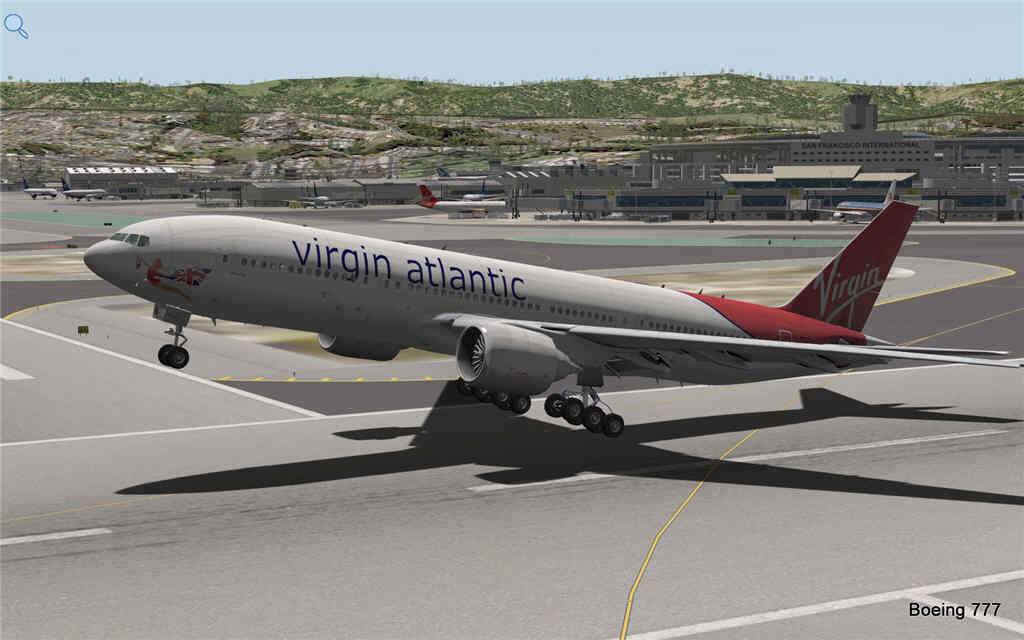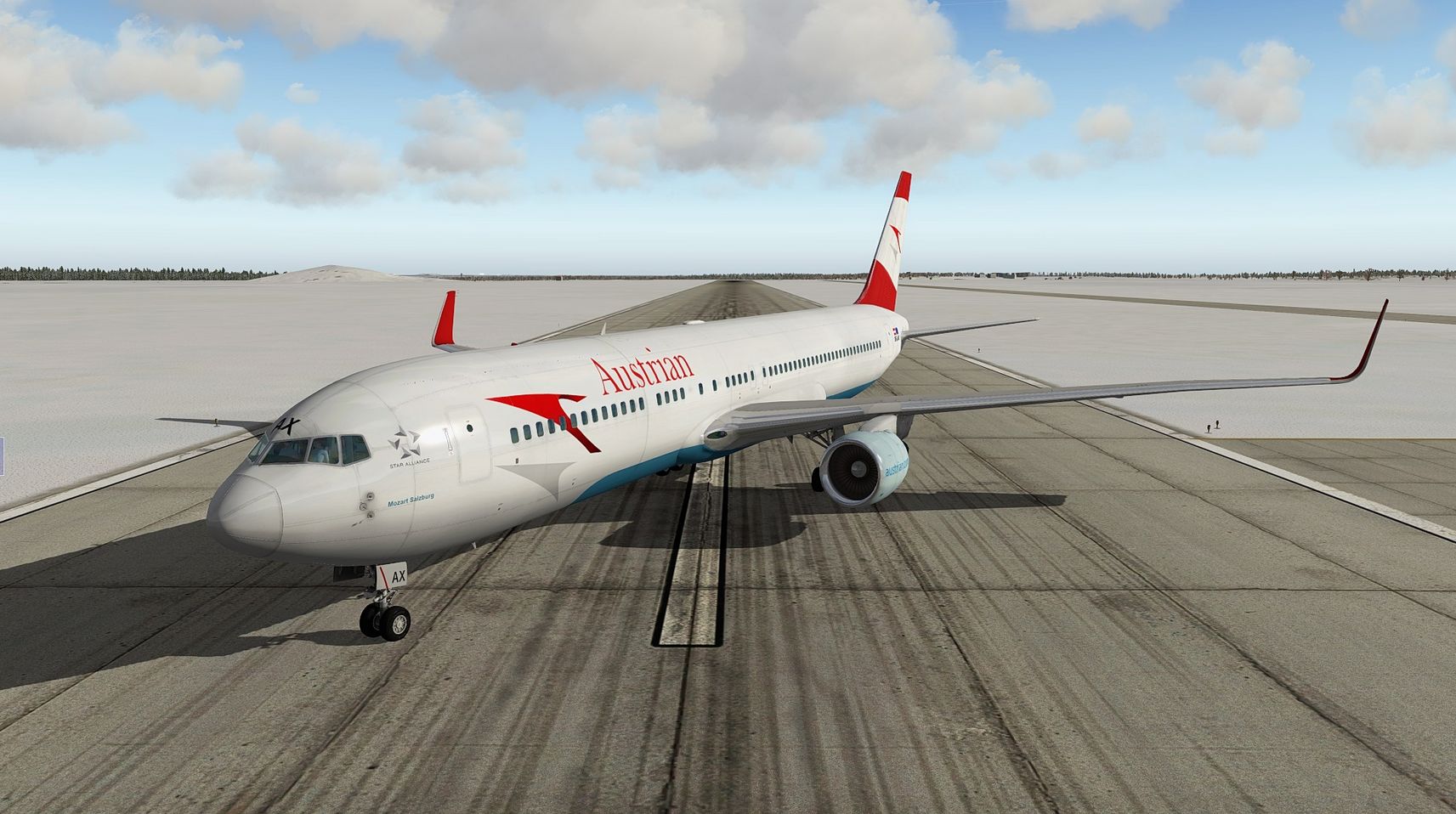

Stately in form from any outer perspective, and a marvel of aerospace function within, the 777 is one of the great engineering achievements of modern aviation. It uses highly refined fly-by-wire flight controls and cutting edge avionics and flight diagnostic systems. The aircraft can operate up to 43,100 feet above sea level, cruise at 555 miles per hour, and has a maximum speed of 588 mph. It has retractable tricycle landing gear, a fuselage-mounted empennage, and is powered by two wing-mounted high-bypass turbofan engines. The Boeing 777 features a swept main wing with a span of 199 feet, 11 inches for its initial variants, and 212 feet, 7 inches for its long-range versions.

To date, Boeing has delivered over 1,600 of the wide-bodies, and will continue producing them for many years to come in successive generations, notably the 777X family.

The largest twinjet ever produced, it entered commercial service on June 7, 1995, a United Airlines transatlantic flight from London Heathrow Airport to Washington Dulles International Airport. The 777, often called the "triple seven," first roared into the sky on June 12, 1994, from Paine Field, adjacent to where the 777 is manufactured ,the Boeing Everett Factory in the state of Washington. The airplane, which has a number of variants, is used primarily for passenger service and cargo hauling, with some fitted for business and governmental use. The 777 is an American wide-body, twin-engine, long-range commercial jet aircraft manufactured by Boeing. By 1985 the ETOPS rule was modified to 120-minutes, with the possibility of extension to 180-minutes for operators who could prove one year of issue-free service at ETOPS 120, allowing twin-engine aircraft to more economically service routes which had been held tightly by the Boeing 727, McDonnell Douglas DC-10, and Lockheed L-1011 TriStar. When Boeing requested a waiver from the 60-minute Extended Range Twin Operations (ETOPS 60) rule for the 767-200ER, the administration re-affirmed the need for the 60-minute rule with exception to the Airbus A300 which could continue to operate under an ETOPS 90 waiver in specified regions.

Up until the 1980s, FAA policy had been that twin-engine jet aircraft could not operate overwater further away from a land-based divert airport than 60 minutes at the single-engine cruise speed. The type was meant to provide a middle-ground in seating within the wide body jet airliner category between the Boeing 767 (767-300: 210 seats in 3-class config) and the 747 (747-400: 416 seats in 3-class config) with the first variant, the 777-200, delivered with 305 seats in a 3-class configuration.įurther, the 777 served as a replacement to tri-motor jet airliners. The Boeing 777, commonly pronounced " Triple Seven" is a wide-body jet airliner manufactured by Boeing Commercial Aircraft beginning in 1995.


 0 kommentar(er)
0 kommentar(er)
